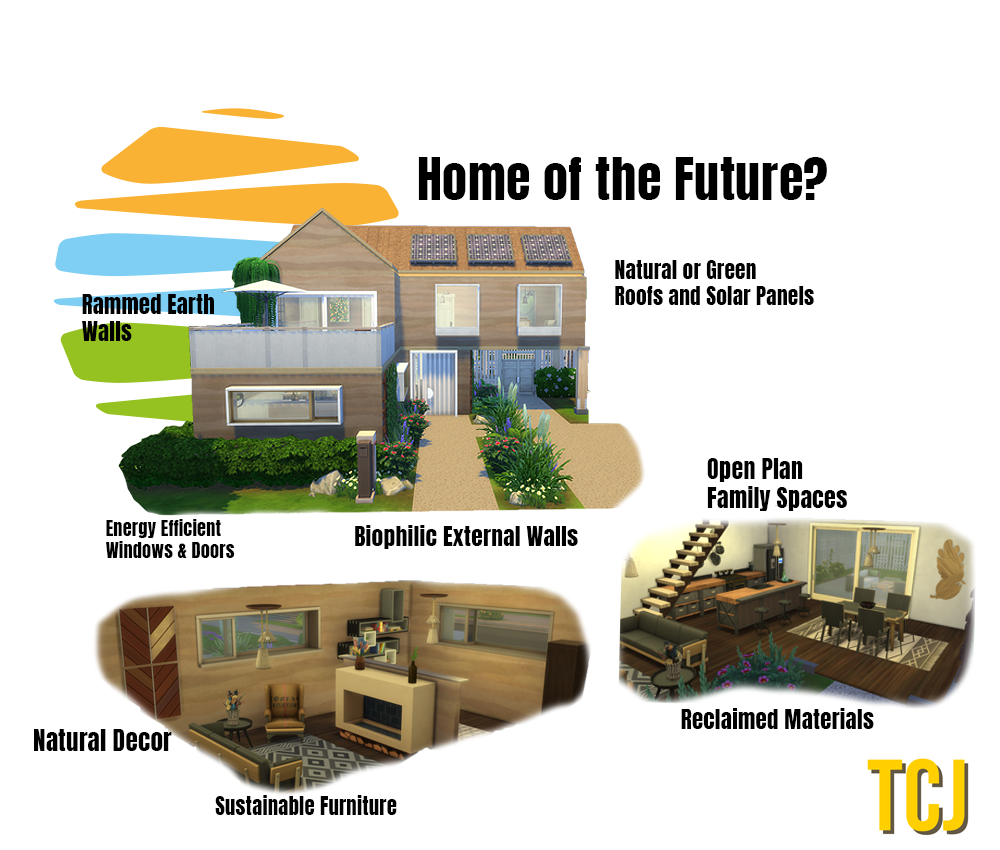
Sustainable Housing Solutions for a Greener Future
In today’s world, where climate change is more than a buzzword and its effects are felt in every corner of the globe, it’s crucial to think about the impact of our homes on the environment. Sustainable housing is no longer a niche interest for the few but a growing necessity for us all. With smart design, innovative materials, and new technologies, we can build homes that are kinder to the planet while also being cozy and comfortable. So, let’s dive into what this looks like in practice and why it should matter to you.
Why Go Green with Your Home?
First things first—why should we shift towards greener living spaces? Well, traditional building methods and materials can be quite harsh on the environment. They often involve chopping down many trees, using lots of water, and generating heaps of waste that fills up landfills. Additionally, once those houses are up, they can gulp down energy to keep the lights on and maintain a comfortable temperature inside, which in turn pumps out greenhouse gases if that energy comes from fossil fuels. To ensure a healthier planet, we need to rethink how we build and live.
Building Materials That Love the Earth
When we talk about sustainable housing, materials are a big piece of the puzzle. What our houses are made of matters just as much as how they’re designed. Here’s the fun part—new eco-friendly materials are popping up all the time!
Think bamboo, for instance. This speedy grower is a superstar because it’s not only strong and durable but also gentler on the planet compared to slow-growing hardwoods. Then there are recycled materials—yes, you can have a floor that’s made out of recycled glass or walls made from reclaimed wood, materials that get a second life rather than being tossed away.
And let’s not forget about insulation. Eco-friendly insulation keeps your house toasty or cool without having to work your heating or cooling system overtime. This can be made from things like sheep’s wool or even recycled denim—yes, your old jeans can keep your home insulated!
Design That Works With The Environment
Making sustainable homes isn’t just about picking the right stuff to build with—it also involves designing homes that work with the environment instead of against it. For example, think about the way your home is placed. If you live somewhere sunny, you can set up your house to get maximum sunshine during winter, which means free heating courtesy of the sun! And if it’s hot where you live, design can help catch breezes and keep the place cool.
Also, the shape of your home and roof can have a big impact on heating and cooling needs. Some homes are designed so that rainwater can be collected and used for things like watering the garden.
Energy Efficiency for the Win
Reducing energy use is a huge part of sustainable housing. Solar panels are a game-changer here—they soak up sunlight and turn it into electricity for you to use in your home. And if you generate more power than you need, some places let you sell it back to the grid. Imagine that—your house could be making energy instead of just using it!
Another way to boost energy efficiency is through appliances. Choosing energy-efficient appliances can save heaps of electricity. These machines do their job using less power, be it a fridge, washing machine, or dishwasher. And they come with labels telling you how efficient they are, so it’s easy to make a smart choice
Water Wise Ways
We can’t talk about sustainable homes without mentioning water. Saving water is something we can all do. Simple things like low-flow toilets and showerheads can make a big difference. But there’s more—think about a system to use rainwater for toilets or a garden. And for those really looking to cut down on water use, greywater systems recycle water from things like showers and sinks for use in the garden. Water is precious, and every drop saved is a win for the planet.
Bringing Nature Inside
Bringing a bit of greenery inside with indoor plants does wonders not just for your home’s vibe but also for the air quality. Plants can help clean the air by absorbing toxins and carbon dioxide. Plus, they add moisture to the air and make any space more refreshing and alive.
Connecting With Community
Sustainable housing also means thinking about where we build. More communities are designed to have everything you need nearby to reduce the need to drive everywhere. This means fewer car emissions and a happier planet. And let’s be honest, being able to walk to stores, parks, and schools is just plain convenient.
Challenges to Tackle
It’s not always easy going green. Cost can be a hurdle, as some eco-friendly building materials and technologies can be more expensive upfront. However, they often save money in the long run by reducing energy and water bills. And as more people hop on the bandwagon, these options are becoming more affordable.
Finding the right expertise can be another challenge. As the demand for sustainable homes grows, so does the need for skilled professionals who know how to build them.
Looking Ahead
Sustainable housing isn’t just a fleeting trend—it’s the way of the future. By making smart choices now, we’re paving the way for a healthier planet and saving money in the long run. From energy efficiency to water conservation and material choices, every aspect of green home building is about living in harmony with our environment. Our homes are more than just places to live; they’re a vital part of the ecosystem.
In conclusion, embracing sustainable housing solutions is essential for a greener future. It’s about building and living smart, with respect for our planet’s resources. The future is green, and homes are right at the heart of it. Let’s build a world where our shelters shelter not just us, but also the world around us.